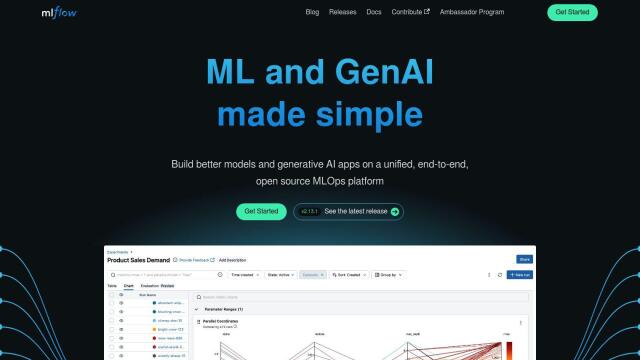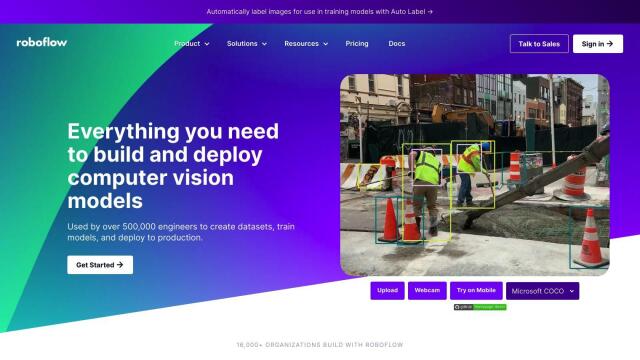PyTorch is a powerful and flexible end-to-end machine learning framework that lets you work fast and flexibly for prototyping and then efficiently for production. It's got a high-level front-end, distributed training and a wealth of libraries and tools to help you with tasks like computer vision, natural language processing and more.
Key Features:
- Production Ready: Move easily between eager and graph modes with TorchScript to speed up your path to production.
- Distributed Training: Distributed training and performance optimization is built into the torch.distributed backend.
- Robust Ecosystem: Libraries and tools abound to extend PyTorch, including support for computer vision, NLP, and more.
- Cloud Support: It's well supported on the big cloud platforms, so you can get to work without hassle and scale with ease.
PyTorch has an end-to-end workflow for mobile deployment, so you can easily bring machine learning to your mobile apps. It also has experimental support for running on iOS and Android devices.
The framework's distributed training abilities let you squeeze out performance in research and production with asynchronous collective operations and peer-to-peer communication that's exposed to Python and C++.
Native support for the ONNX (Open Neural Network Exchange) format lets you tap into ONNX-compatible platforms, runtimes and visualizers.
PyTorch also has a C++ frontend that mirrors the Python frontend, so you can use it for high-performance, low-latency and bare-metal work.
The ecosystem is broad, with libraries like Captum for model interpretability, PyTorch Geometric for deep learning on irregular input data, and skorch, which offers full scikit-learn compatibility.
PyTorch is good for everything from quick prototyping to massive-scale production deployments. You can get started with detailed documentation, tutorials and community support.
The project is a good fit for developers, researchers and companies that want a flexible, efficient and scalable machine learning framework that works well with cloud computing platforms and services.
Published on June 23, 2024
Related Questions
Tool Suggestions
Analyzing PyTorch...







